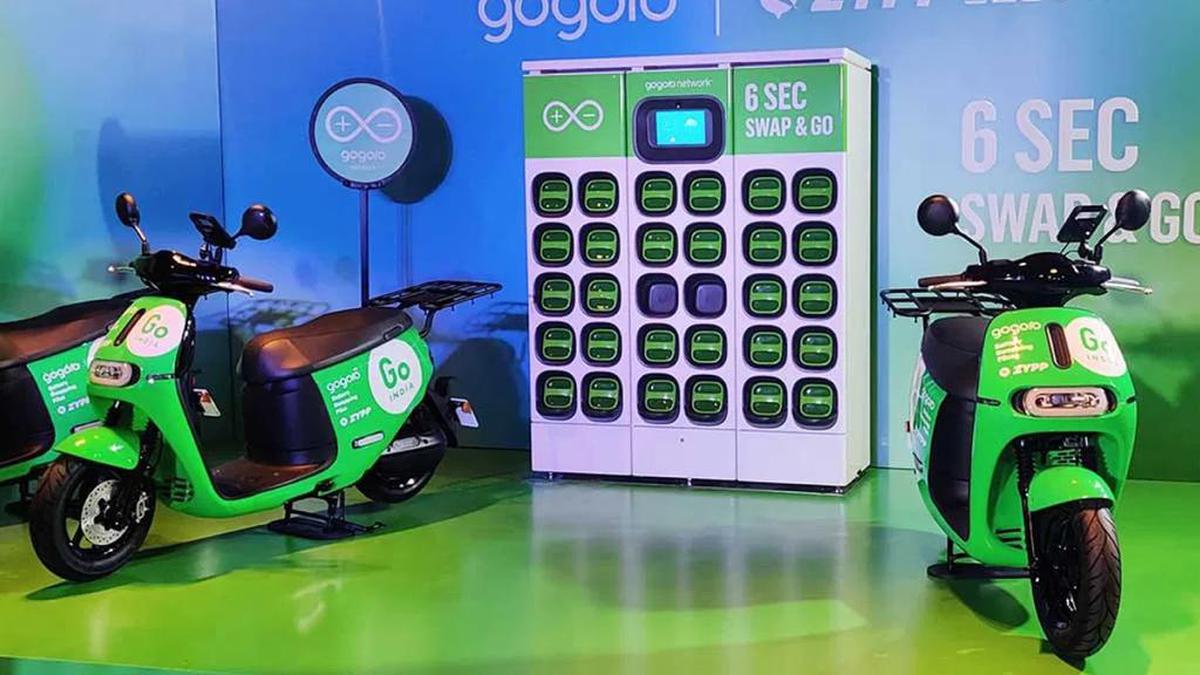
Gogoro to set up battery-swapping stations at HPCL retail outlets
The Hindu
Gogoro, HPCL partner to roll out battery swapping stations for two-wheelers in India. Gogoro and HPCL have signed an MoU to deploy thousands of battery swapping stations at HPCL's retail outlets, enabling sustainable mobility solutions for cities.
Nasdaq-listed Gogoro Inc. which is into battery swapping ecosystems that “enable sustainable mobility solutions for cities,” announced it had signed a Memorandum of Understanding (MoU) with Hindustan Petroleum Corporation Ltd., with more than 21,000 retail outlets in India, to roll out battery swapping stations for two-wheelers at the retail outlets.
“India is in the early stages of a massive electric transformation of its urban two-wheel transportation system, and it is increasingly evident that battery swapping is a critical component to broad adoption, so building out the swapping infrastructure is crucial,” said Horace Luke, founder, and CEO, Gogoro in a statement.
“Today, we are announcing a partnership with HPCL, one of India’s leading oil companies, to rollout thousands of Gogoro battery swapping stations across its retail outlets throughout the country in the coming years,” he said.
“HPCL and Gogoro are partnering to develop a broad battery-swapping infrastructure for two-wheel vehicles that will both grow and sustain a leading electric vehicle ecosystem in India that is safe, clean and readily available across India’s cities,” said Amit Garg, Director Marketing, HPCL.
“Gogoro has demonstrated its global leadership in battery swapping and electric two-wheel innovation and with nearly 500 million battery swaps to date has developed a platform we can embrace and emulate,” he said.

The Union Budget unveiled on February 1, 2025, has come at a time of unprecedented global uncertainty and a flagging domestic economy. The real GDP growth is estimated at 6.4% for 2024-25 and between 6.3-6.8% for 2025-26, a far cry from >8 percent growth required annually to make India a developed nation by 2047. While much attention has been devoted to the demand stimulus through income tax cuts, not enough is said about the proposed reforms in urban development, tariff rationalisation, and regulatory simplification aimed at making Indian cities and corporates more competitive. Since the majority of economic activity is located in cities (urban areas account for ~55% of GDP) and produced by large corporates (~40% of the national output and 55% of India’s exports), the above-mentioned reforms have a pivotal role in improving India’s trend growth rate. Below we unpack each reform.












